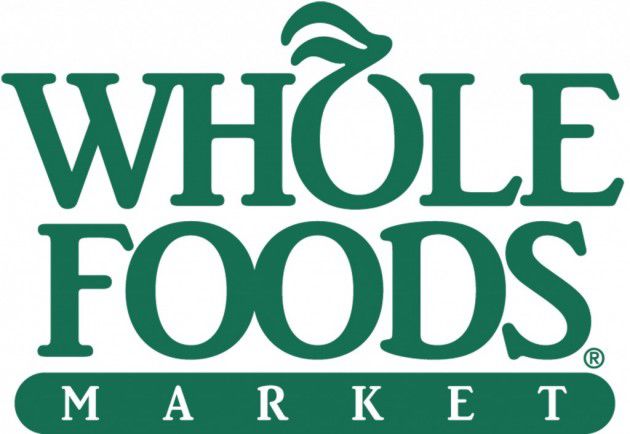Stock Pitch: Whole Foods Market (WFM)
January 19, 2016
Whole Foods Market (WFM) is a supermarket specializing in quality natural and organic food products and throughout its history has become the second largest natural and organic foods supermarket in the US, advertised as “America’s Healthiest Grocery Store”, as well as being the eighth largest food and drug store in the United States.
Particularly in the past 5 years, demand for health food products, such as organic and all-natural, as well as special diet specific foods has soared, putting Whole Foods in a competitive position due to their ability to readily cater to this increasing demand. Whole Foods is undergoing a period of expansion and innovation, launching a new chain of smaller, lower priced, value-based stores called “365 by Whole Foods Market”. In order to fund this and other developments, the company announced that it will be taking on long term debt of up to $1 billion, short term debt of $350 million, and a $500 million, 5 year revolving credit facility.
Whole Foods also announced that it will be repurchasing $1 billion in shares and increasing dividend payments by 4% for the January 2016 payment, which they will fund with $1 billion in senior notes due by 2025. Their willingness to take on such a large sum of senior notes demonstrates their confidence in their futures sales success as senior notes must be paid even in the event of bankruptcy. Although the company is undergoing a period of debt acquisition, their current debt ratio is 1.1%, well below the industry average of 69.83%, which indicates that the company is effectively managing their current debt level and suggests that they will be able to do so in the future.
Whole Foods faced a 0.2% decrease in same store sales during the fourth quarter of 2015 compared with steady increases during the first three quarters of the year. This decline can be accounted for by a packaging mishap that resulted in overcharging for certain products, as well as increasing competition from large retailers such as Costco and Walmart which are beginning to offer their own selection of natural and organic products at competitive prices.
With a decrease in same store sales came a decrease in stock price, with the share’s price decreasing approximately 40% in 2015. Despite these impending difficulties facing the company, Whole Foods maintains a strong financial history that should allow them to prosper with their recent improvements and expansions.
For the 2015 fiscal year, Whole Foods had a 15% return on invested capital compared to an industry average of 6.58%, illustrating that they are able to generate more return from their investments relative to competing firms in the industry. The company’s five year averages for return on assets, investments, and equity have all been higher than the industry averages, indicating that the capital they have invested in the past have yielded positive results, and thus suggesting that their current plans for investment will produce similarly successful results. Based on these assessments, the recommendation is to hold. Whole Foods has a strong presence in the market and is a well established competitor with a loyal customer base and strong financial history.
However, the company faces competition from different facets and the company is about to
undergo a period of large debt acquisition and although their current debt ratio suggests that they
are able to effectively manage their debt, the best strategy is to wait to see if their increased
capital investment will lead them to a period of growth following their planned expansion.












